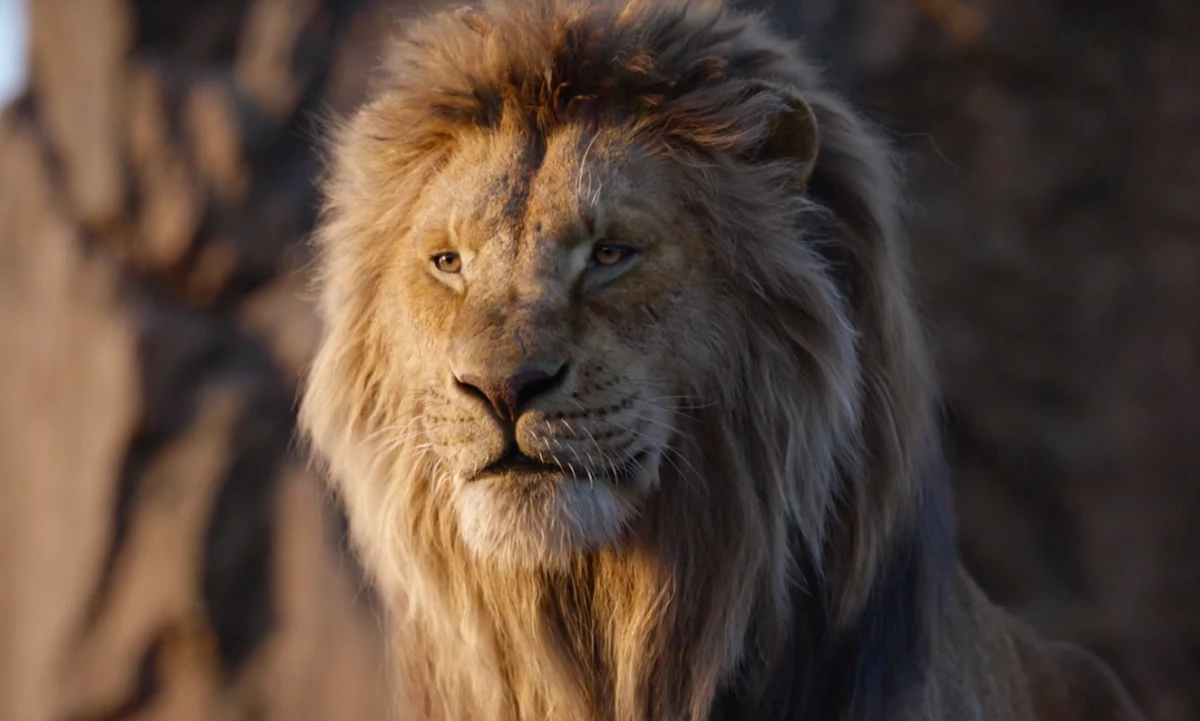Release date:July 1, 2016
Studio:Walt Disney Pictures
Director:Steven Spielberg
MPAA Rating:PG (for action/peril, some scary moments and brief rude humor)
Screenwriter:Melissa Mathison
Starring:Mark Rylance, Ruby Barnhill, Penelope Wilton, Jemaine Clement, Rebecca Hall, Rafe Spall, Bill Hader
Genre:Fantasy, Adventure
[divider]Where to start?
This story begins with the introduction of the sweet, dutiful, imaginative Sophie (night time protector of her orphanage), I mean that in the sense that she is the one who makes sure that doors are locked and rabble- rousers are quelled. She is the watcher in the night, of course, all the while trying to avoid the head mistress.
The film jumps right into things with Sophie (who is brought to us by the very talented and adorable Ruby Barnhill) encountering the BFG (portrayed marvelously by Mark Rylance) quite by accident. There is a disturbance in an alley and it is there where She catches her first glimpse of him. Now, of course he can’t afford to be seen so, he opts for the only logical approach when it comes to handling this situation…he nabs her.
From here he romps through the city using several clever disguises until he reaches the open landscape of the country. Then the real adventure begins in the land of the giants!
Her introduction to this world is from a jostled, fast-paced, muddled point of view as she was taken from the orphanage, bed sheets and all and can only see so much. Now, naturally, she is afraid for her life, having heard the stories about giants and their dietary preferences, but the BFG dispels this regarding himself in a most adorable way. He shows himself to be a kind-hearted, and gentle sort of fellow who is not at all interested in eating people, and it is through gentle action he reassures Sophie that he means no harm, but in fact is intending to protect her the other Giants in the Realm.
Of course to create this realm, in these modern times, there had to be a blending of computer graphics and practical set pieces. This however was achieved wonderfully with Sophie reaching out to, and grabbing hold of several items, a well as interfacing with the computer generated elements of her environment. Speaking of that; The environment here is rich with colors and textures especially in the area of the Giants. One can see the different layers of wrinkles, skin, hair, all the different elements that make up this world. The lands they traverse are detailed and beautiful, full of depth and grandeur.
The main element, however, that ties it all together, for me, would be the music. The music is grand, soft, soaring, full of emotion! It took me on my own separate adventure through this tale, and it is only because of the near supernatural talents of the great John Williams that this could have been accomplished. This concert behind the scenes took me to a place out of time, to classics like E.T. and Star Wars. The music was it’s own texture within this film. In a word it was absolutely Elegant.
Back in the BFG world, however, we are shown the the BFG is being bullied by the other, far less intelligent, giants, and it is they who are the threat here. Sophie, however, is the one who is integral to her friend gaining confidence and the ability to stand up against the other giants. This courage unfolds rather naturally as his friendship with Sophie deepens.
During the softer parts of the film we see that the giant is a collector and dispenser of Dreams and that he, in fact, has a large Library full of glowing jars of the dreams he collects, which are gatherd from a special tree at the top of a special mountain. We are treated to this warm and stunning scene of Sophie and The BFG collecting dreams that fall from the Aurora Borealis like drops of dew into the leaves of the magical tree. Some of the dreams are normal, everyday, sort of Dreams, others are deep, intricate, layered, sorts of dreams, but then there are the nightmares! These are mischievious little will-o-wisps of wickedness which the giant can manipulate, when necessary, in order to illicit certain reactions, especially when it comes to the other giants. This is something he does NOT like doing, but there are occasions in the story where it becomes necessary.
One of those circumstances is after an especially rough time with the other giants. Sophie makes the suggestion of soliciting the help of the Queen to take care these other giants. So, after done convincing and planning, the nightmare is crafted, the journey made, and the bad dream dispensed. The Queen wakes up from her nightmare and it is soon revealed that there is some truth to her vision.
After the formalities are taken care of there is a wonderful scene of hilarity where the giant is introduced to the humans and their customs. This is a raucous time full of awkward adjustments, new sensations and the making of new friends and allies.
In this wonderful moment a plan is devised to take care of the other Giants, and while this could have been a very violent and militant scene full of gunfire and explosions it ended up being surprisingly passive, and I really appreciated that, this being a children’s film.
The film itself has a wonderful and very touching closing scene which sets Sophie on a new, and better path, and ties everything altogether very nicely.
Overall I would say this film had a wonderful, almost nostalgic, feel. The story is fast-paced enough to keep the children interested, but with enough layers and depth to appease the adults.

Movie
‘Mufasa: The Lion King’ Will Leave You Breathless

“Mufasa: The Lion King” is a visually stunning addition to the beloved Lion King franchise, offering a fresh and emotionally resonant take on the origins of one of Disney’s most iconic characters. The film beautifully explores Mufasa’s journey, balancing heartfelt moments with touches of comedy that lighten the mood and make the story accessible to audiences of all ages. The animation is breathtaking, capturing the vibrant landscapes and lush environments of the Pride Lands, adding depth to Mufasa’s character and his relationships.
The storytelling is compelling, effectively pulling at the heartstrings while providing insights into Mufasa’s character before he becomes the legendary king. However, the setup for Scar’s betrayal feels somewhat underdeveloped, lacking the deeper motivation that could have enriched their complex brotherly relationship. This missed opportunity leaves a slight gap in understanding Scar’s actions, which could have elevated the dramatic stakes.
The musical score is impressive, featuring memorable songs that enhance the emotional impact of pivotal scenes. While there are several standout tracks, one song, in particular, resonates deeply and is sure to linger in viewers’ minds long after the credits roll. Overall, “Mufasa: The Lion King” is an amazing film and a worthy addition to the Lion King lore that manages to deliver both laughter and tears, offering a rich tapestry of storytelling that fans will appreciate.
Movie
Is ‘Kraven the Hunter’ a Total Letdown?

“Kraven the Hunter,” directed by J.C. Chandor, aims to introduce a beloved Spider-Man villain to the big screen, but unfortunately, it falls short of expectations. The film suffers from noticeable issues, notably an overuse of ADR (Automated Dialogue Replacement), which detracts from the authenticity of the characters’ interactions and contributes to an uneven audio experience. This technical flaw is compounded by rough storytelling that feels disjointed and lacking in coherence, leaving viewers struggling to connect with the narrative.
Aaron Taylor-Johnson delivers a commendable performance as Kraven, showcasing the character’s gritty nature and complex motivations. His portrayal has potential, and it’s evident that he could elevate the character far beyond what is presented with a stronger script and direction. However, the absence of Spider-Man, a central figure in Kraven’s lore, leaves a void that the film struggles to fill. Without this critical connection, the plot meanders and fails to create the tension or stakes that fans of the superhero genre crave.
Additionally, including Rhino as a villain feels like a missed opportunity; he is presented more as a gag character with limited screen time, undermining any sense of threat or depth. For the average moviegoer, “Kraven the Hunter” might entertain but ultimately feels like a mediocre viewing experience. Comic book fans, however, may find disappointment in this lackluster attempt to create a solo character film. Instead of an exhilarating dive into Kraven’s world, the film presents a watered-down version, leaving audiences wishing for a more cohesive vision that honors its comic book roots.
Movie
A Brief Review and History of A Year Without a Santa Claus

A Year Without a Santa Claus, the 1974 stop-motion holiday classic produced by Rankin/Bass, is a heartwarming and whimsical tale that has cemented its place in holiday traditions. Based on Phyllis McGinley’s 1956 book, the story revolves around a disheartened Santa Claus who, feeling unappreciated, decides to take a year off from his Christmas duties. It’s up to Mrs. Claus and a pair of well-meaning elves, Jingle and Jangle, to reignite the Christmas spirit and show Santa the world’s unwavering belief in him.
The movie is beloved for its unforgettable characters, especially the bickering Miser Brothers, Snow Miser and Heat Miser. Their catchy, vaudeville-style musical numbers, “Snow Miser Song” and “Heat Miser Song”, are so iconic they’ve become cultural touchstones, often parodied and celebrated decades later.
Directed by Arthur Rankin Jr. and Jules Bass, the film continues the duo’s tradition of stop-motion magic, blending heartfelt storytelling with quirky humor. The voice cast, featuring Mickey Rooney as Santa and Shirley Booth as Mrs. Claus, delivers standout performances. Booth’s warm narration was her final acting role before retirement, adding a layer of poignancy to the film.
Initially released on December 10, 1974, on ABC, the special didn’t immediately achieve the legendary status of Rudolph the Red-Nosed Reindeer. However, it gained a dedicated following through annual holiday airings, nostalgic appeal, and its distinct charm.
The film’s themes of hope, unity, and rekindling joy remain timeless, making it a perennial favorite for audiences of all ages. Its blend of humor, catchy songs, and a touching message about believing in magic and goodwill ensures its enduring legacy during the holiday season.
For fans of holiday classics, A Year Without a Santa Claus is a must-watch that never fails to warm hearts and spread cheer.

